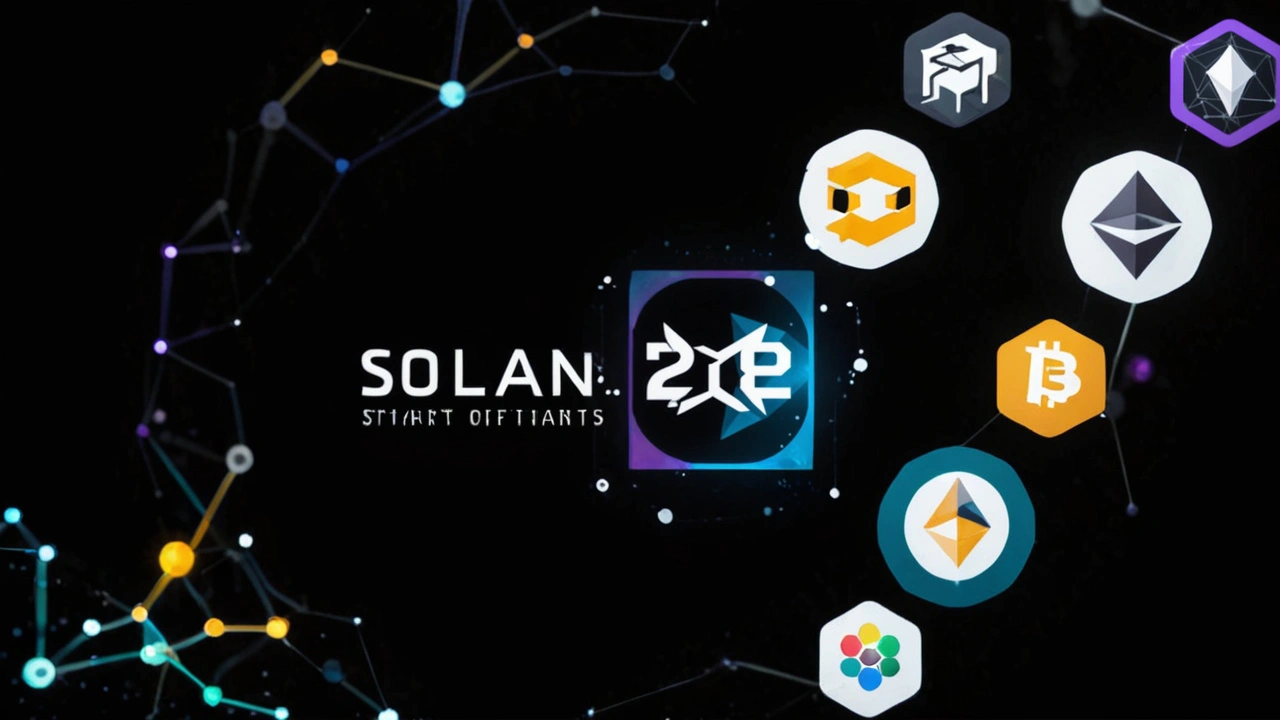
Comprehensive Analysis of Smart Contract Platforms in Q2 2024
The second quarter of 2024 has brought significant developments and transformations in the landscape of smart contract platforms. These platforms, essential to the evolving ecosystem of blockchain technology, are at the heart of decentralized applications (dApps), enabling automated transactions and agreements. On July 12, 2024, Messari, a leading crypto research and data platform, published an extensive report detailing the performances, trends, and key insights related to ten of the top smart contract platforms. This report offers a granular view into the financial performance, network activity, and growth metrics of these platforms, providing Messari Pro users with a valuable resource for understanding the current and future state of the blockchain industry.
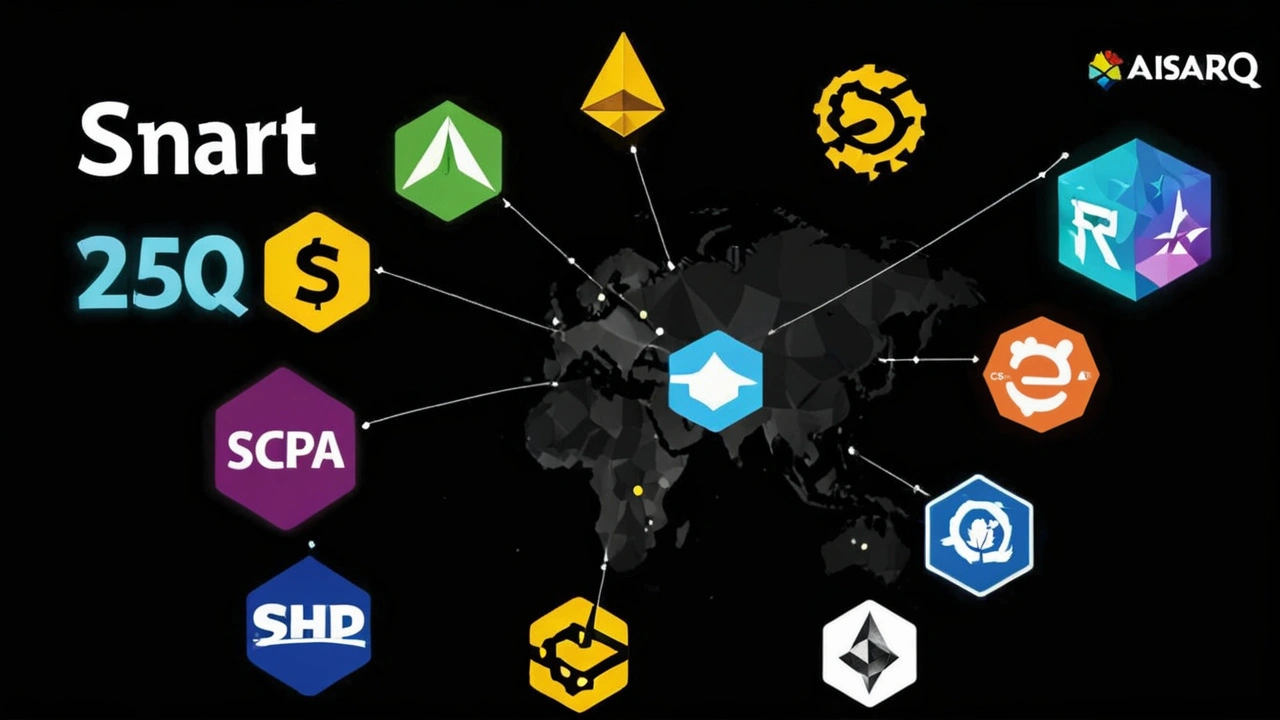
Financial Performance
Financial performance is a critical indicator of the health and viability of smart contract platforms. According to Messari’s Q2 2024 report, there has been a notable uptick in both market capitalization and trading volumes across several leading platforms. Ethereum, continuing its reign as a dominant player, showed dramatic increases in transaction volumes, driven by a surge in decentralized finance (DeFi) activities and non-fungible token (NFT) transactions. Other platforms like Binance Smart Chain, Solana, and Cardano also marked substantial gains, riding the wave of increased user activity and investment interest.
The report also highlights the fundraising activities within the sector, with several platforms securing significant investments to fuel their development and expansion. Notably, a surge in venture capital funding has been observed, with investors placing substantial bets on the future of blockchain technology and its applications. These investments are expected to drive innovation, enhance scalability, and improve user experience across the ecosystem.
Network and Ecosystem Performance
Network performance plays a significant role in the efficacy and adoption of smart contract platforms. Key metrics such as transaction throughput, scalability, and network congestion are closely monitored by analysts and users alike. In Q2 2024, Ethereum worked towards addressing its scalability issues through the continued implementation of Ethereum 2.0 upgrades, specifically focusing on staking and shard chains. These upgrades aim to reduce transaction costs and increase throughput, making the network more efficient and user-friendly.
Other notable platforms like Solana and Avalanche emphasized their high-speed and low-cost transaction capabilities, positioning themselves as viable alternatives to Ethereum. Solana, in particular, showcased its resilience and performance during high-demand periods, underscoring its suitability for applications requiring rapid transaction processing and confirmation times. Concurrently, Avalanche's subnets and the implementation of unique consensus mechanisms contributed to its network efficiency and adoption.
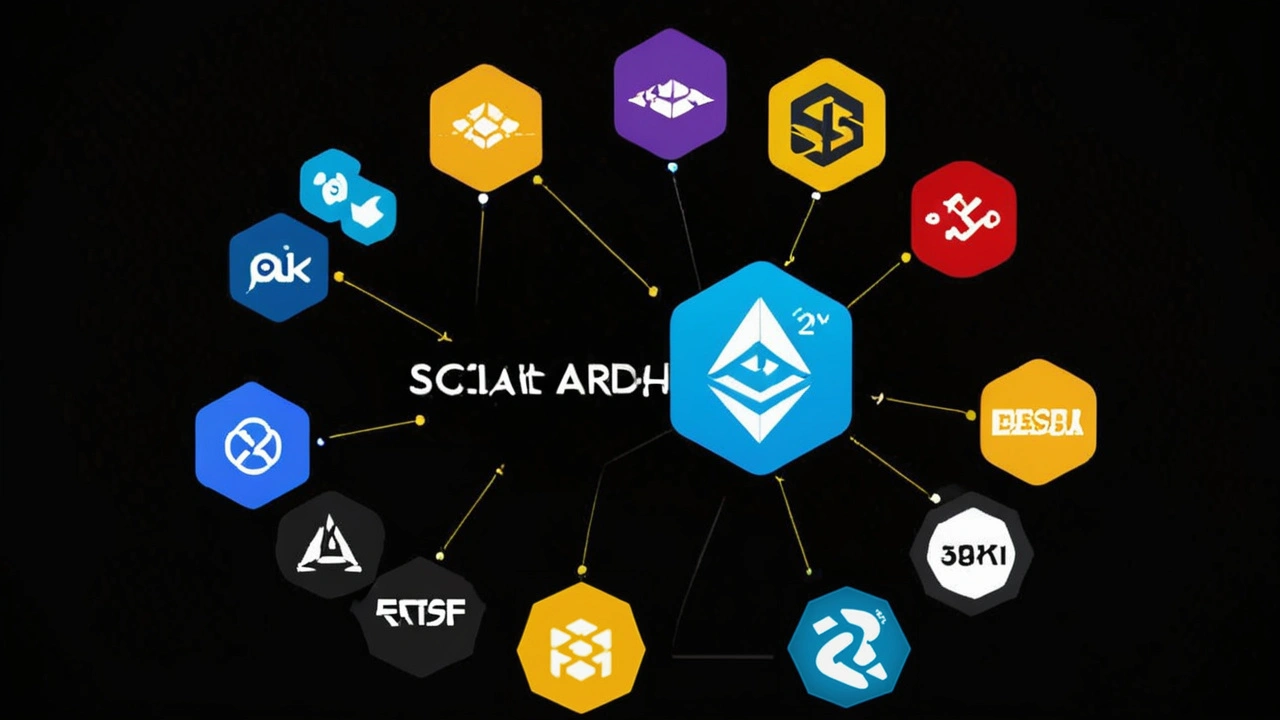
User and Developer Engagement
The growth and sustainability of smart contract platforms are heavily dependent on the engagement of both users and developers. Messari’s report sheds light on the increasing numbers of active developers contributing to the ecosystem, driven by the availability of robust development tools and resources. Ethereum remained a favorite among developers, thanks to its comprehensive suite of development environments and extensive documentation.
Additionally, the report points out the growing interest in cross-chain interoperability, which allows different blockchain networks to communicate and interact seamlessly. Projects like Polkadot and Cosmos are pioneering this space by offering frameworks that enable the transfer of data and value across disparate blockchains. This trend towards interoperability is expected to foster collaboration and innovation, leading to the development of more sophisticated and interconnected dApps.
Future Outlook
Looking ahead, the report conveys an optimistic outlook for the smart contract platform ecosystem. With ongoing technological advancements and increased financial backing, these platforms are poised to scale new heights. The rise of DeFi and NFTs continues to drive demand for efficient and scalable smart contract solutions, encouraging both new and existing platforms to innovate and adapt.
Further, the regulatory landscape is gradually evolving to accommodate the unique challenges and opportunities presented by blockchain technology. While uncertainties remain, there is a concerted effort by industry stakeholders to engage with policymakers and regulators to establish frameworks that promote innovation while safeguarding user interests.
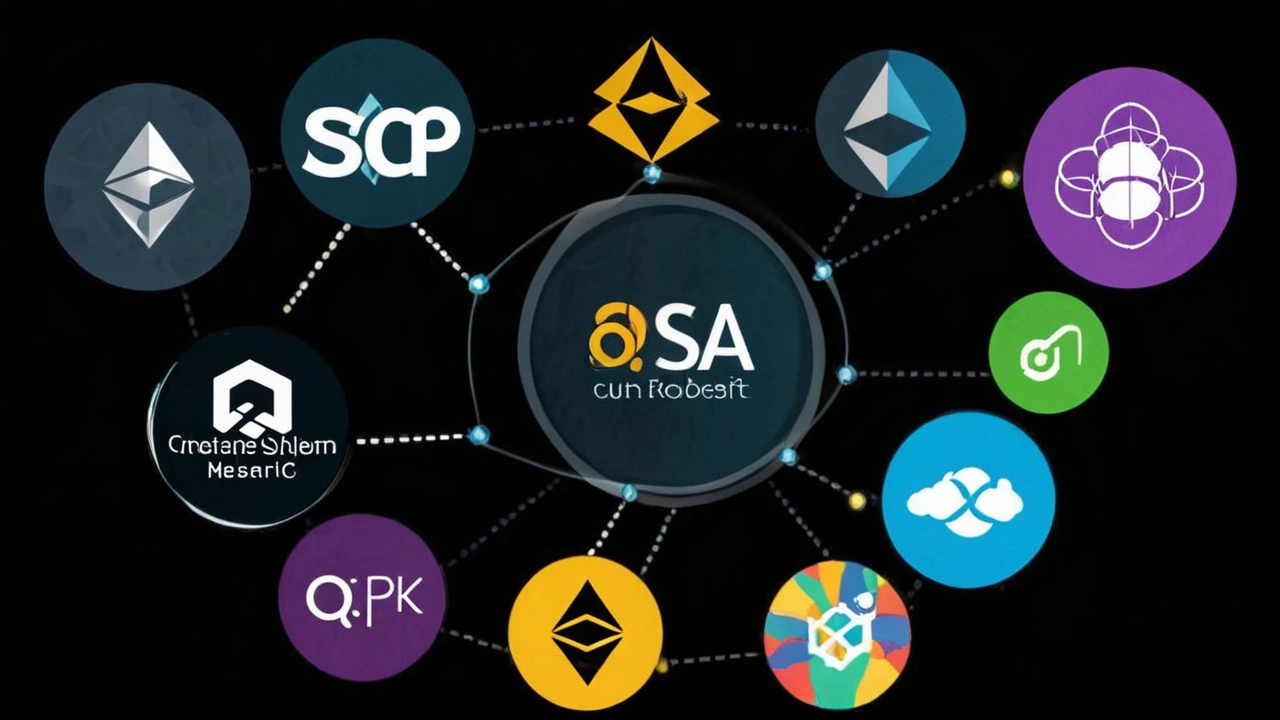
Conclusion
Messari’s comprehensive Q2 2024 report provides crucial insights into the dynamics of the smart contract platform ecosystem. By evaluating financial performance, network metrics, user engagement, and future trends, the report serves as an invaluable resource for stakeholders seeking to navigate this fast-evolving landscape. As we move forward, the continued collaboration, investment, and innovation within the space are set to drive the blockchain industry towards unprecedented growth and maturity.
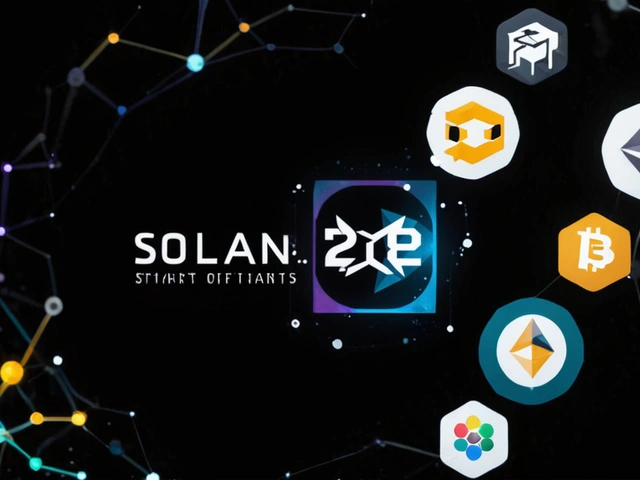





It feels like the blockchain universe is staging an epic drama, and we’re all just background extras waiting for the curtain to rise. The Messari report, with its data‑driven prophecy, hints at a hidden cabal pulling strings behind Ethereum’s scalability upgrades. Every surge in transaction volume could be a signal, a breadcrumb left by the elites to test our faith in DeFi. The way Solana survived the on‑chain storms? Maybe a covert resilience protocol only the insiders know about. And Avalanche’s subnets? Could be a disguised gateway for undisclosed financial flows.
One cannot ignore the whispers that venture capital floods are not just funding but an orchestrated infusion to steer the narrative. The rise of cross‑chain interoperability might be the ultimate unifier-or the perfect smokescreen for data aggregation. While regulators stumble, the real power game plays out in code, in the silent consensus of validators. As the market caps climb, remember that numbers can be scripted, and the charts we trust might be choreographed.
So, as we marvel at the numbers, keep an eye on the shadows where the true architects linger. The future is bright, but only if you can see past the glittering veneer. Stay vigilant, question the hype, and never assume the obvious is the whole story.
Great overview-thanks for breaking down the key trends so clearly!
In the grand tapestry of decentralized systems, each platform is a philosophical proposition about trust and autonomy. Ethereum’s journey mirrors humanity’s quest for self‑governance, while Solana’s speed reflects our desire for immediacy. The data in the Messari report is not just numbers; it’s a mirror to our collective ambition. When developers flock to a chain, they’re choosing an ideology as much as a technology. Ultimately, the evolution of these platforms whispers the same age‑old question: Who truly holds power?
Wow, what a vivid perspective! 🌟 Your philosophical take really adds color to the technical grind. It’s amazing how each blockchain can embody a different worldview-so inspiring! Keep sharing these insightful vibes! 😊
Oh sure, let’s all cheer for the “bright future” while ignoring the hidden fees and gas wars. Because sarcasm is the only honest language left in crypto.